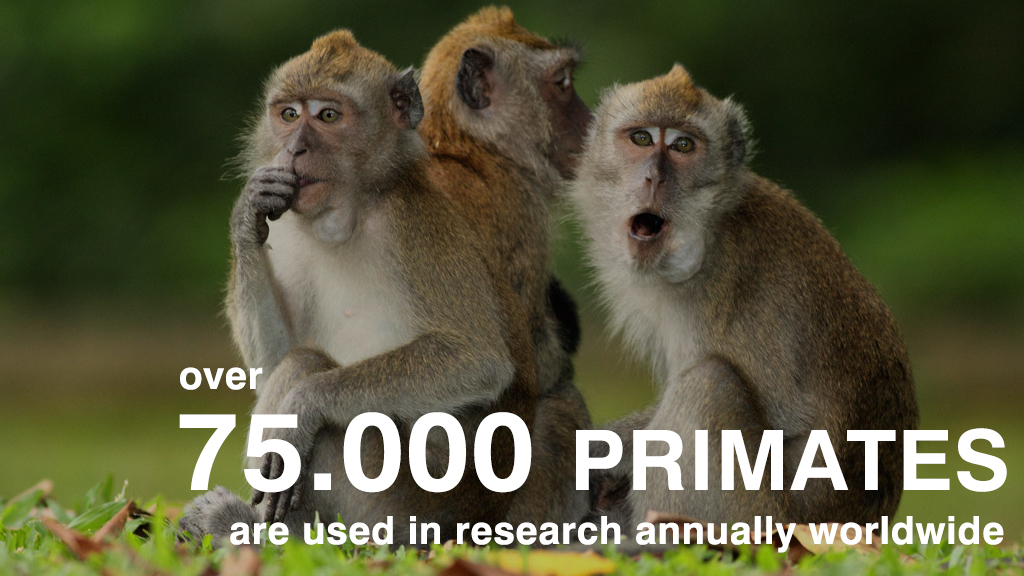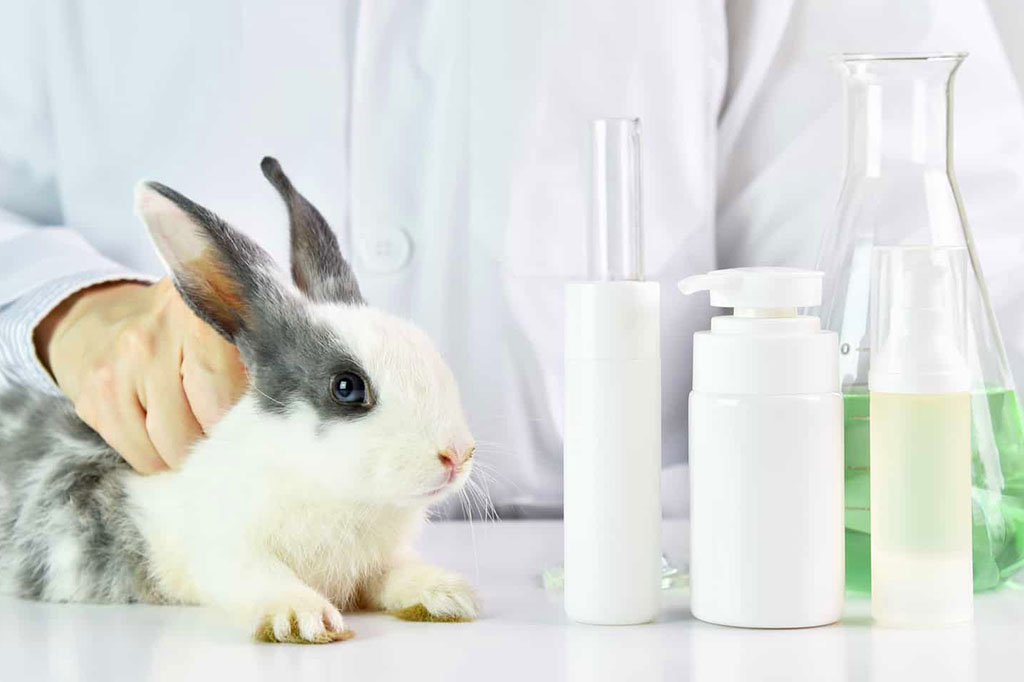The use of animals for scientific experimentation is a controversial topic, with millions of animals used and killed worldwide every year. In 2015, at least 192.1 million animals were used for scientific purposes globally, including experiments on animals, animals bred for genetically modified strains, and those bred but not used.
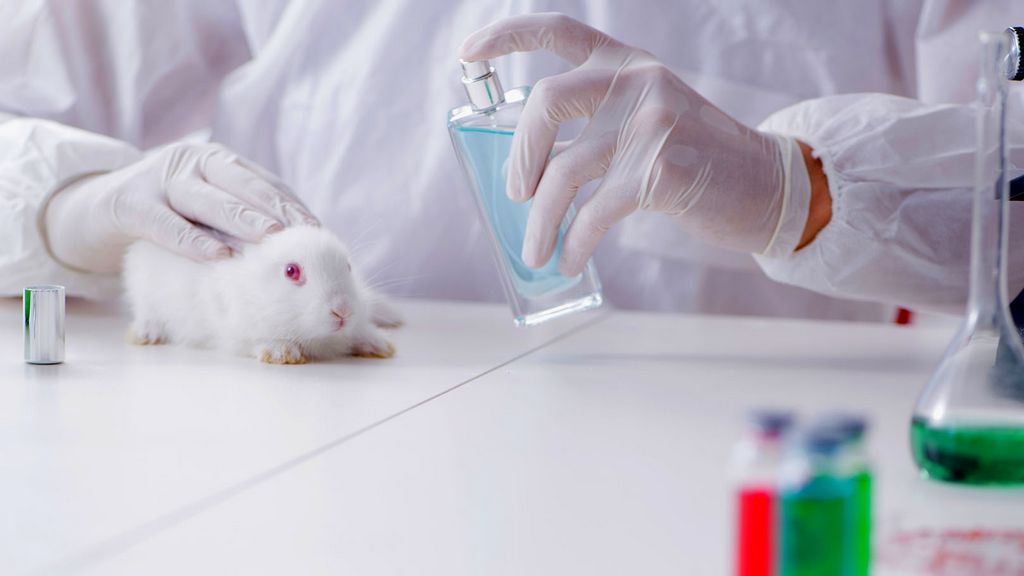
The top 10 countries using animals for experiments in 2015 were China, Japan, the United States, Canada, Australia, South Korea, the United Kingdom, Brazil, Germany, and France.
In Europe, the latest report from the European Commission shows that 12.3 million animal experiments were conducted across the EU in 2018. The UK conducted the highest number of animal experiments in Europe in 2018, followed by Germany and France. There were also experiments conducted for regulatory purposes in the EU, where non-animal methods were available.
In 2021, a total of 3.06 million procedures on animals were completed in Great Britain, with 57% of these being actual experiments on animals. A significant proportion of these experiments were conducted in universities and relied on taxpayer funding. Dogs and monkeys were the most commonly used animals in experiments, with 4,227 experiments on dogs and 2,795 experiments on monkeys conducted in 2021.
Despite the availability of validated alternatives, there has been an increase in some types of animal tests, such as skin irritation tests, which rose from 11 in 2020 to 18 in 2021 in Great Britain. However, tests in other key areas where validated alternatives exist have dropped significantly. Animal experimentation remains a controversial issue, and the use of animals in scientific research continues to be a topic of debate.
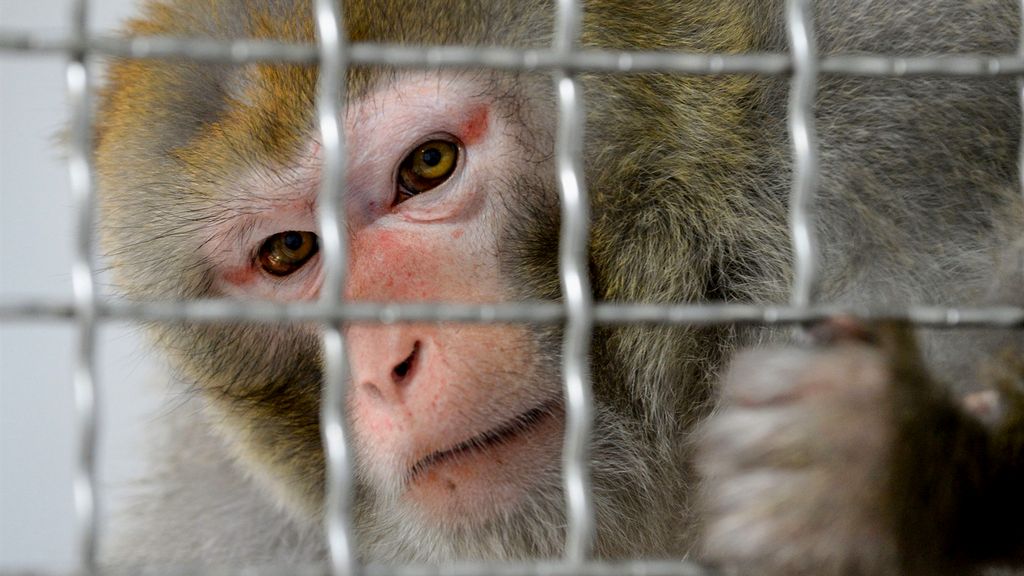
Unpleasant Realities About Animal Testing
- Animal testing is the use of animals in scientific experiments to evaluate the safety and efficacy of products.
- Approximately 50-100 million animals are used in experiments worldwide each year.
- The most commonly used animals in experiments are mice, rats, fish, and birds.
- Animal testing is used in many industries, including pharmaceuticals, cosmetics, and biomedical research.
- Animal testing is controversial, with many people arguing that it is unethical to use animals for human benefit.
- Alternatives to animal testing, such as in vitro testing and computer modeling, are becoming increasingly common.
- Animal testing is banned or restricted in several countries, including the European Union, Israel, and India.
- Animal welfare regulations require that animals used in experiments be treated humanely and with respect.
- Animal testing has led to important scientific discoveries and advances in medicine, but it also raises ethical and moral concerns.
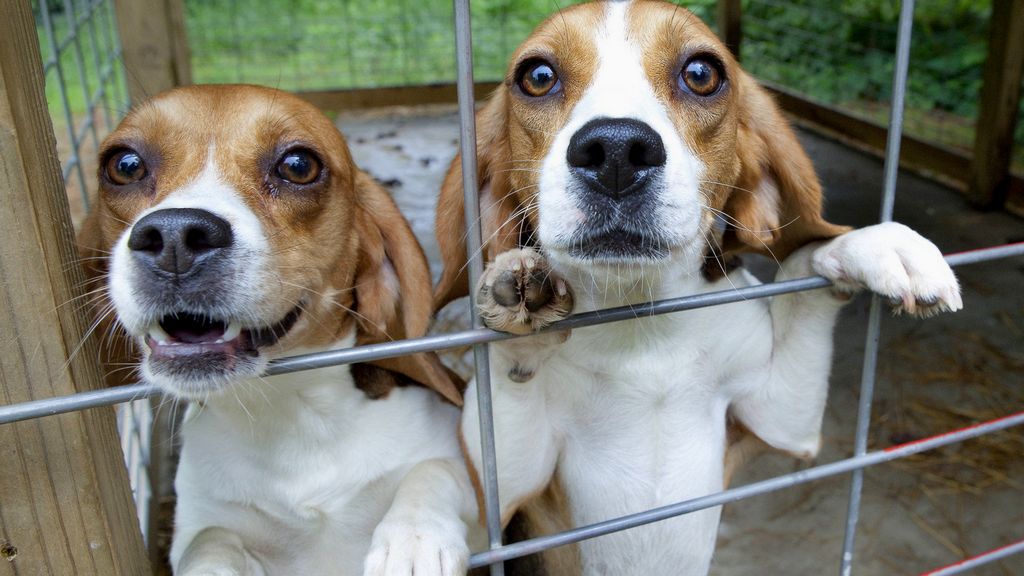
Some Figures on Animal Testing
- More than 115 million animals are used in experiments worldwide every year (Humane Society International).
- In the United States alone, an estimated 11 million animals are used in experiments each year (National Anti-Vivisection Society).
- Mice and rats make up over 90% of the animals used in experiments, while other commonly used animals include fish, birds, rabbits, and guinea pigs (Humane Society International).
- Over 1.4 million animals were used in experiments in the European Union in 2018, with mice, rats, and fish being the most commonly used species (European Commission).
- Animal testing is banned or restricted in over 40 countries, including the European Union, Israel, India, Norway, and New Zealand (PETA).
- Alternatives to animal testing, such as in vitro testing and computer modeling, have been shown to be effective in predicting human toxicity and can reduce the number of animals used in experiments (National Institute of Environmental Health Sciences).
- Animal welfare regulations require that animals used in experiments be treated humanely and with respect, but cases of animal mistreatment and abuse still occur (Animal Legal Defense Fund).

